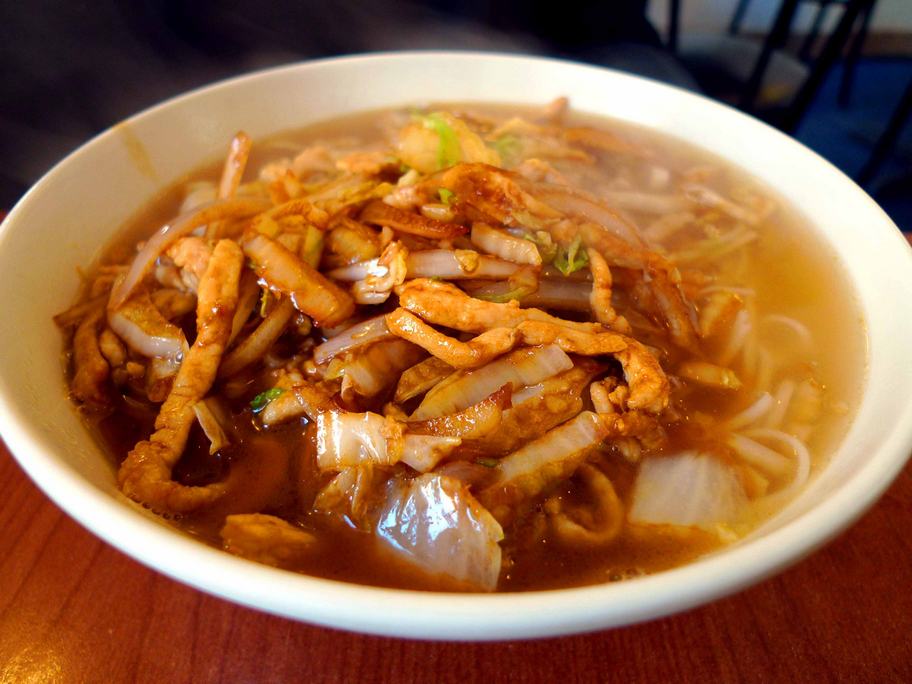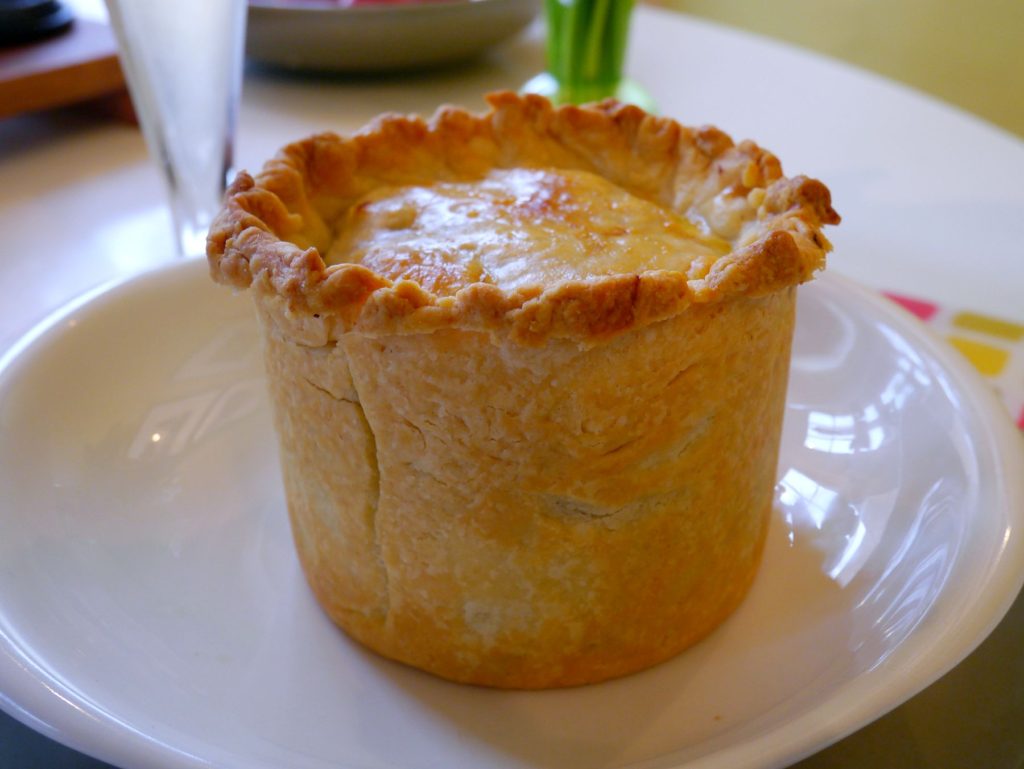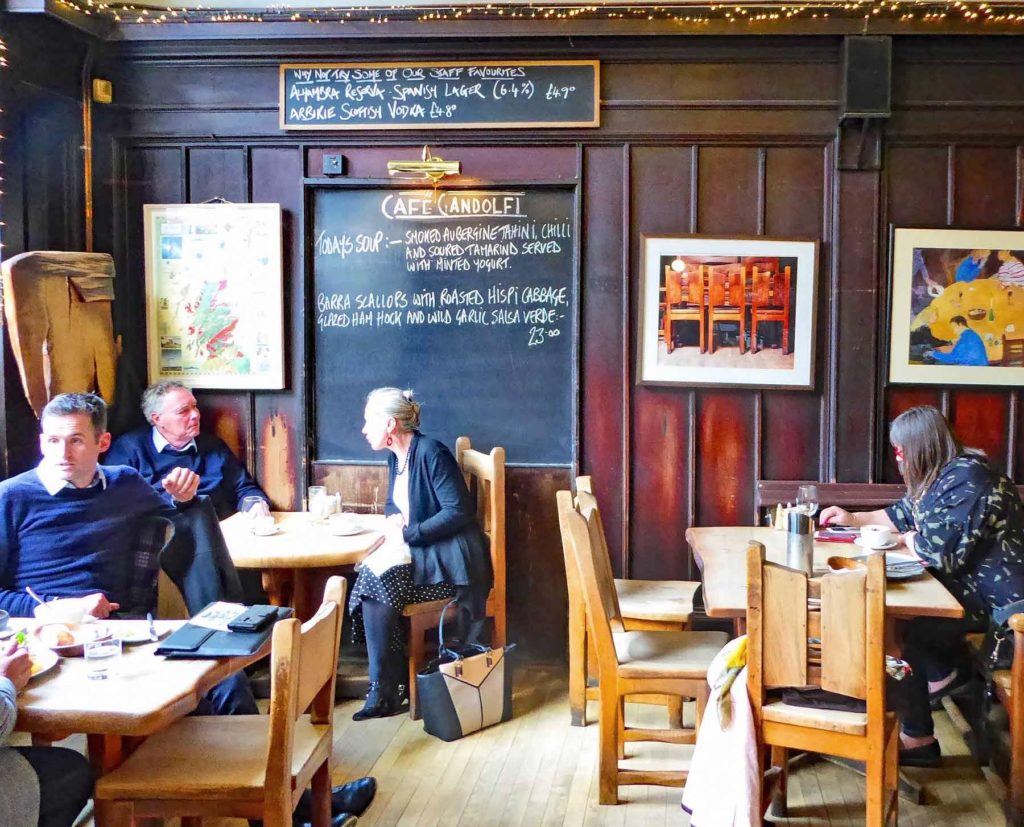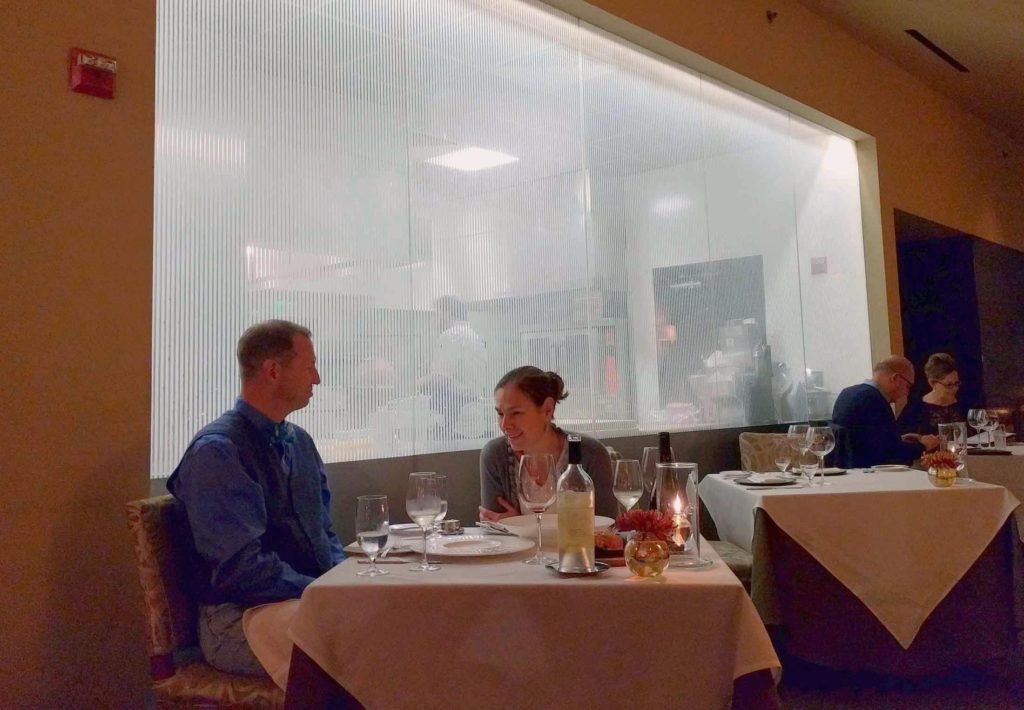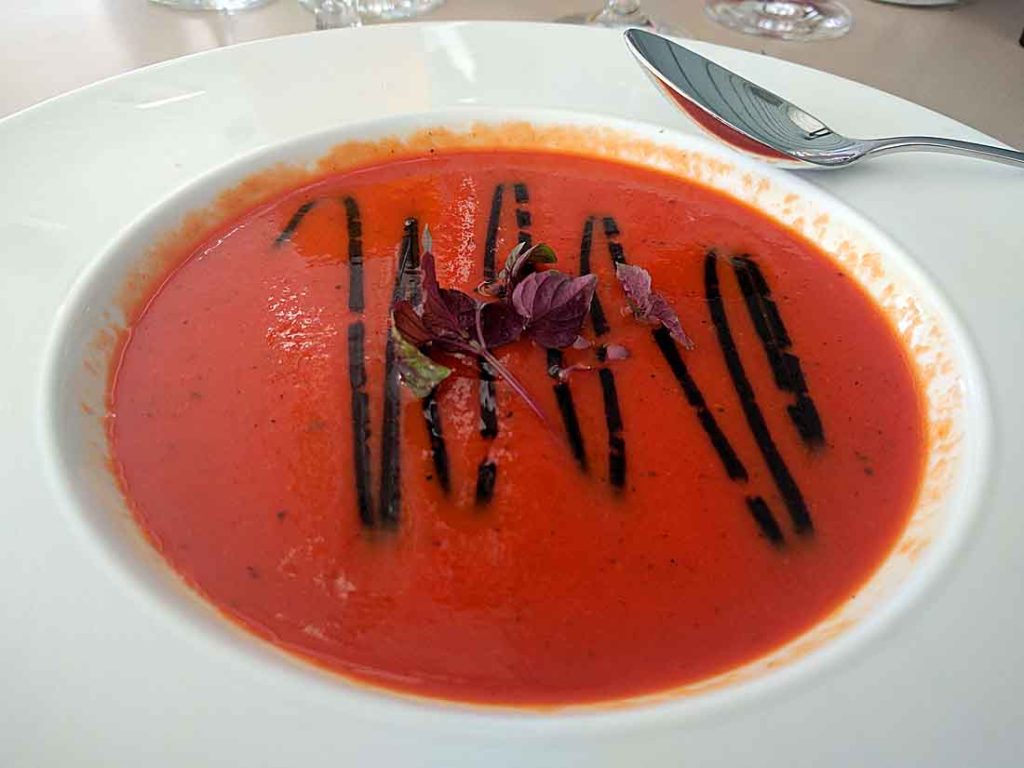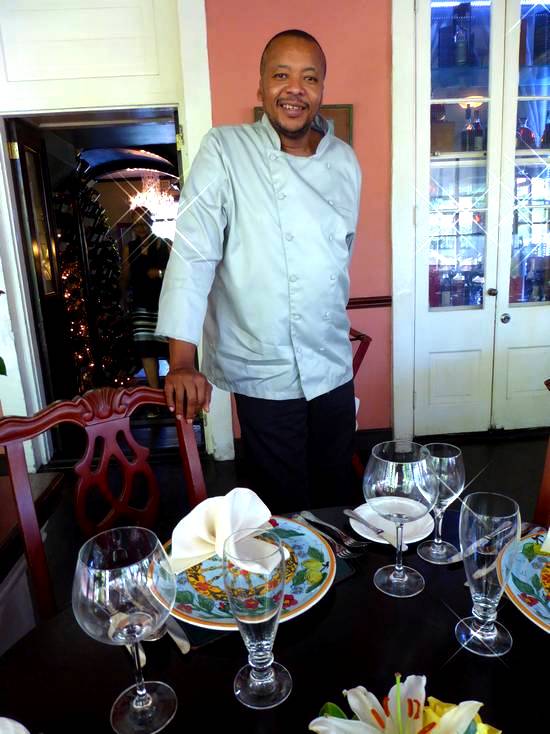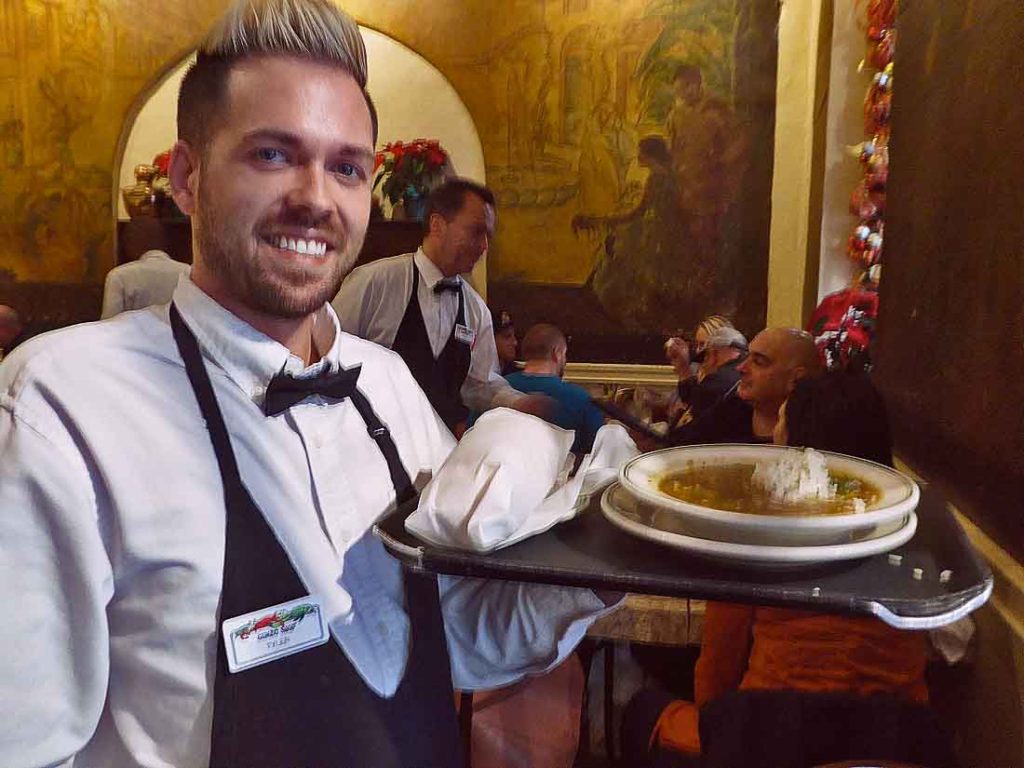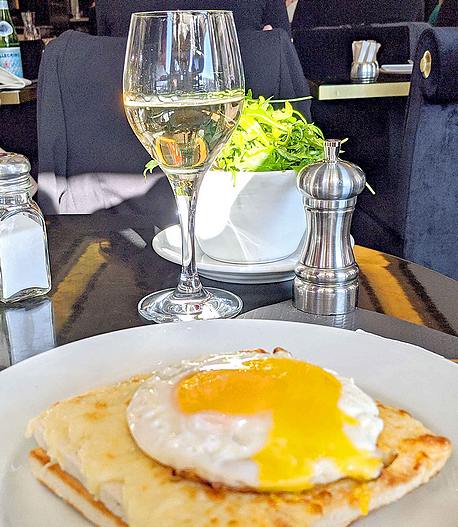
In praise of the humble French classics
We didn't eat at any creative new restaurants on our recent trip to Paris. But we weren't disappointed. This wasn't that kind of trip. We went for the Paris sales and decided to save our euros for our purchases. We limited meals to somewhat casual establishments, grabbed breakfast on the go at a pâtisserie, indulged once a day in a modest bistro meal, and made lunch or dinner a hot-to-go option. The humble classics of French casual cuisine never let us down and never left us hungry. One of our standbys is the kind of croque monsieur shown at the top of the post. Is there anything more honest? It's little more than a slice each of ham and cheese—either Emmenthal or Comté—between thin slices...Read More


